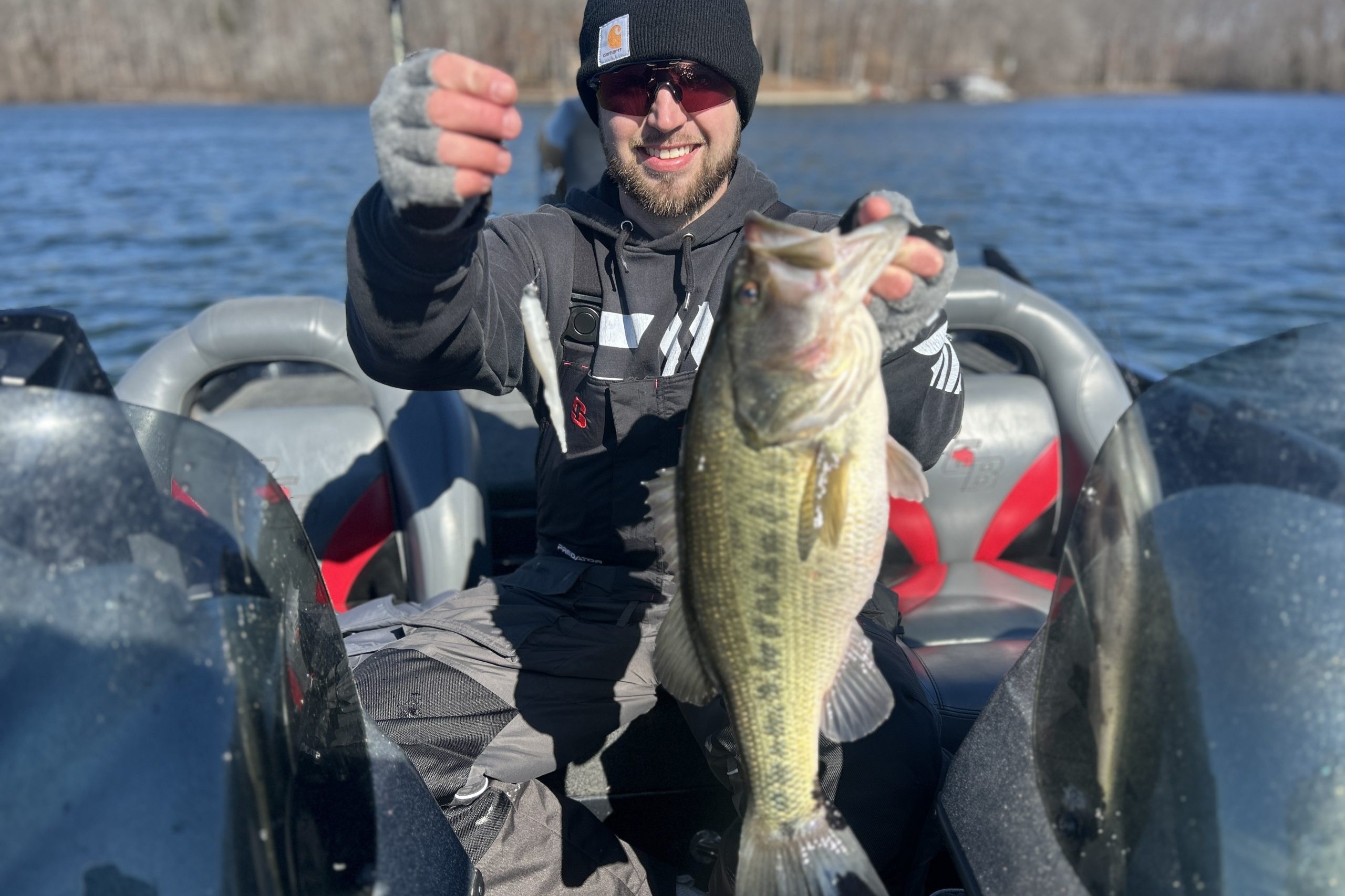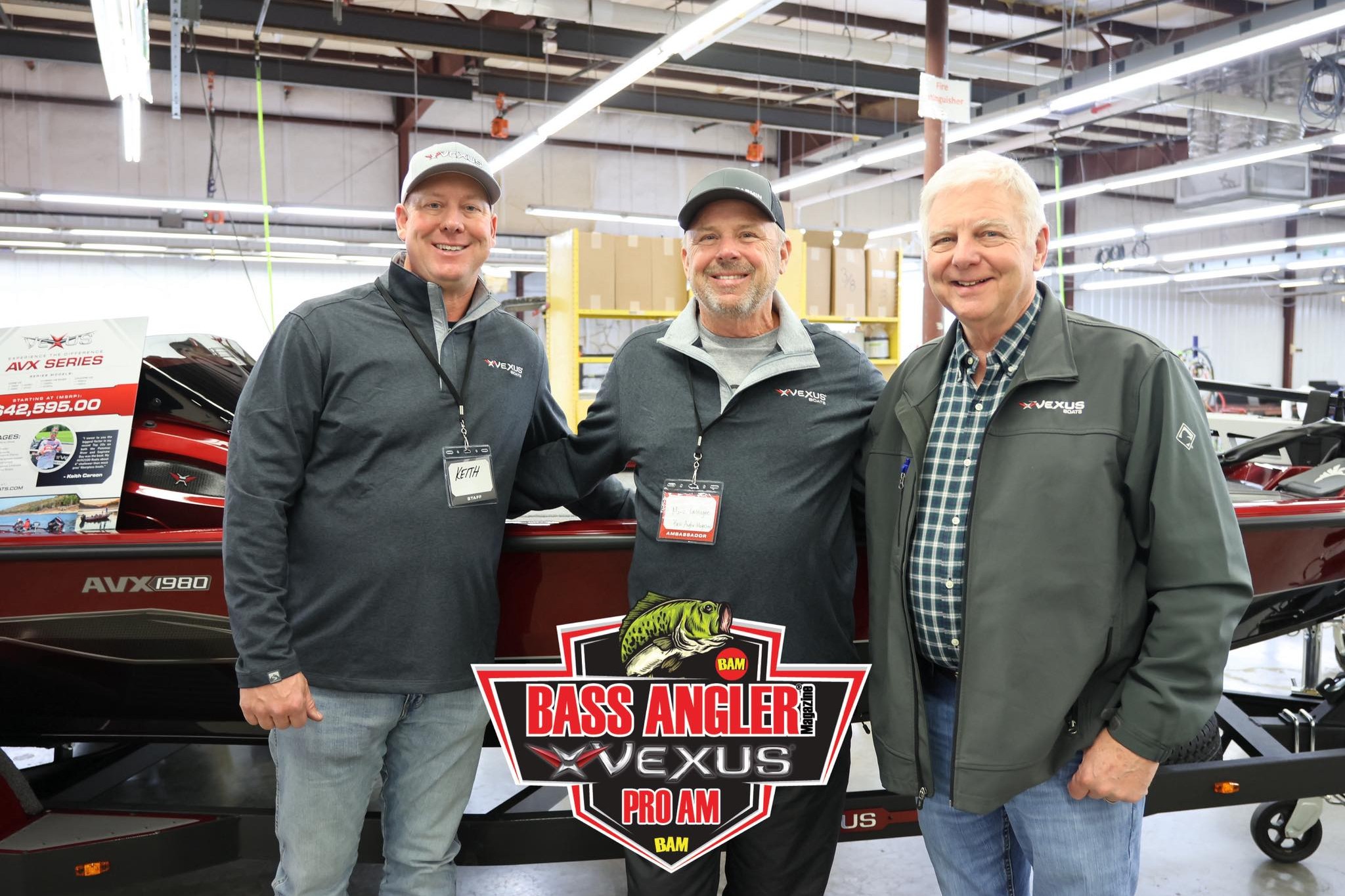Big O could be a Big Mess
Courtesy of Vance McCullough
This week’s MLFLW Pro Circuit season-opener on Lake Okeechobee is presented by 13 Fishing but it should probably be presented by a rainwear company. The anglers might get wetter than the fish. If the weatherman can be believed, we’re in for bucket loads of rain as partly cloudy practice days lead to heavy storms by Friday and the weekend. Anglers who make Sunday’s final cut will be rewarded with a sharp drop in temperatures, accompanied by a rising barometer that could completely change the bite all across the massive lake.
Wind is everything on Okeechobee and it will come mainly from the south throughout the event before circling the compass overnight to blow from the north on Sunday. High temps will hover in the mid 80’s all week except on Sunday which should be 10-to-15 degrees cooler.
But then, meteorologists and baseball players are the only people who can strike out seventy-five percent of the time and remain employed.
At any rate, the weather will factor into this event. Good news is, Lake Okeechobee offers 730 square miles for the pros to spread out on, right? Not really. The giant lake always fishes small and this year will be no different. The two hot areas this winter have been South Bay and the same Harney Pond area that produced 97 out of every 100 tournament-caught bass last year (fact checkers say this statistic is disputed, which means it’s probably true, but you get the point). Those areas are across the lake from each other, separated by twenty-several miles but both within easy striking distance of Clewiston, the host city. Observation Shoal is said to be producing limits of schooling bass as are a few spots along the lake’s reliable western littoral zone.
The lake level is right at 15.5 feet – at least two-and-a-half feet higher than it was in the Februarys of 2020 and 2019 – and the Corps has been holding it steady for the past few weeks. Stability is a plus for fish and anglers. The higher levels will put additional areas in play, especially if fish want to push back into the reeds.
According to locals, a lot of bucks have fanned beds and big females are staged up nearby. Cloudy weather makes sight fishing difficult. Pelting rain would dimple the surface and make it impossible. Pitching blind to suspected bedding locations will be a popular ploy.
The first rule of fishing is to be around fish. A few crafty anglers will take advantage during the cloudy practice days, don their Sunrise Silver lenses and visually locate stretches of bottom covered in the telltale white ovals that indicate bass are spawning there. The fish won’t leave even though they are impossible to see under rainy conditions. Big bass will be with them, or very nearby, throughout the event.
For now, the best action seems to be along the outside edges of the reeds where stacks of bass in varying sizes tend to accumulate this time of year. Jigs produce big bass in such places but those looking for steady catches of quality fish may choose Texas-rigged soft stick baits.
Chatterbaits could show out this week, as could Hildebrandt spinnerbaits such as the Blade and the Tin Roller, designed specifically for Florida’s clear, grassy lakes. We could see another strong ‘Trap bite as we did on Toho last week when Bryan Schmitt left the competition in his wake by mining a single strip of grass with a SPRO Aruku Shad 75.
Shiner-fishing guides are putting clients on dozens of bass up to 4 pounds, but giants are harder to come by.
Some clients have used artificial lures to good effect. The topwater bite lacks consistency right now but when it’s on, well check out this report from last week by Byron Stout who does a stellar job of covering the Southwest Florida fishing scene:
“Illinois angler John Schuessler spurned the wild shiners and put 20 bass to 4 pounds in the boat casting fake baits with Capt. George Mro of Roland Martin’s Marina & Resort in Clewiston. They fished the North Shore area between the Harney Pond Canal and Dyess’s Ditch, starting with a pumpkin/blue Gambler stick worm that produced early. The guide then found a “fast and furious” schooling bass bite by targeting scattered cattail clumps and eelgrass in depths of three to five feet, where a silver Zara Spook did the damage.”
Here’s to wishing all the Pro Circuit anglers the best of luck in finding some ‘fast and furious’ action and doing some major ‘damage’ on Okeechobee this week!

















